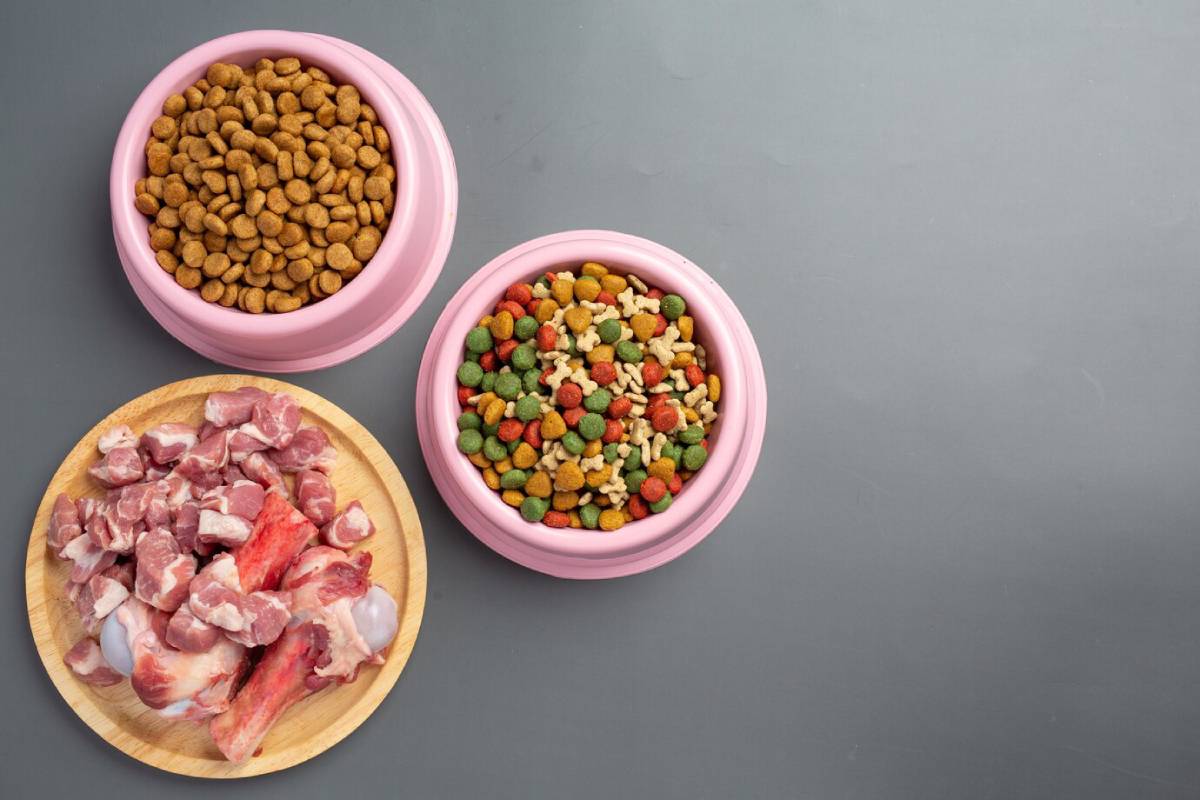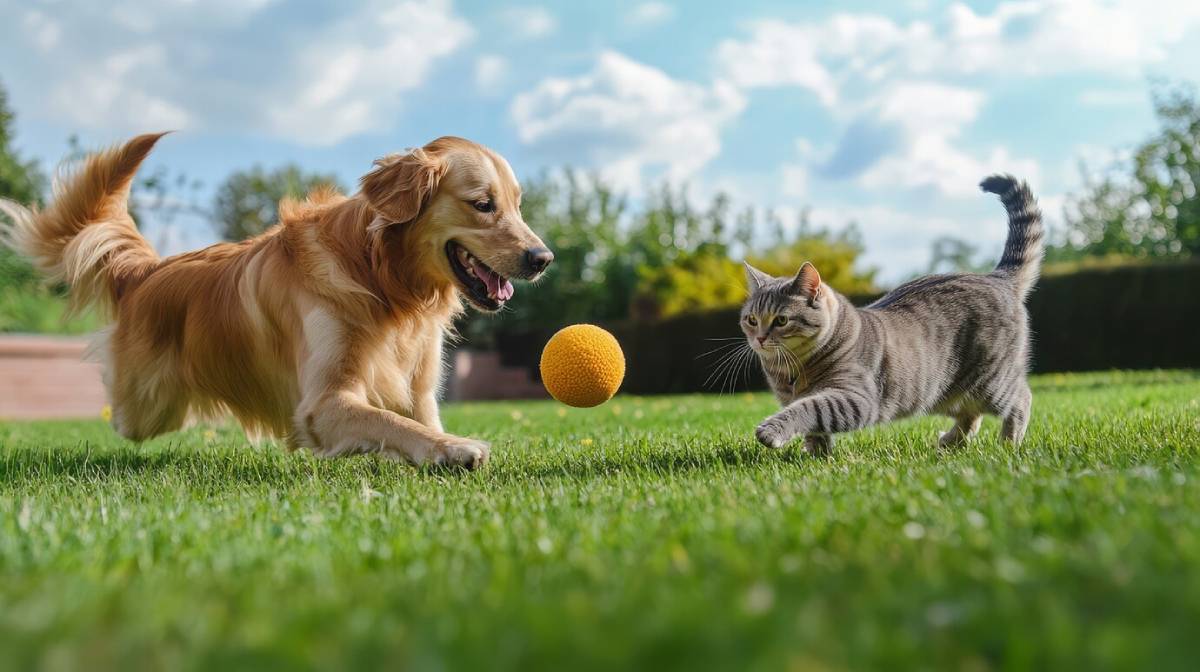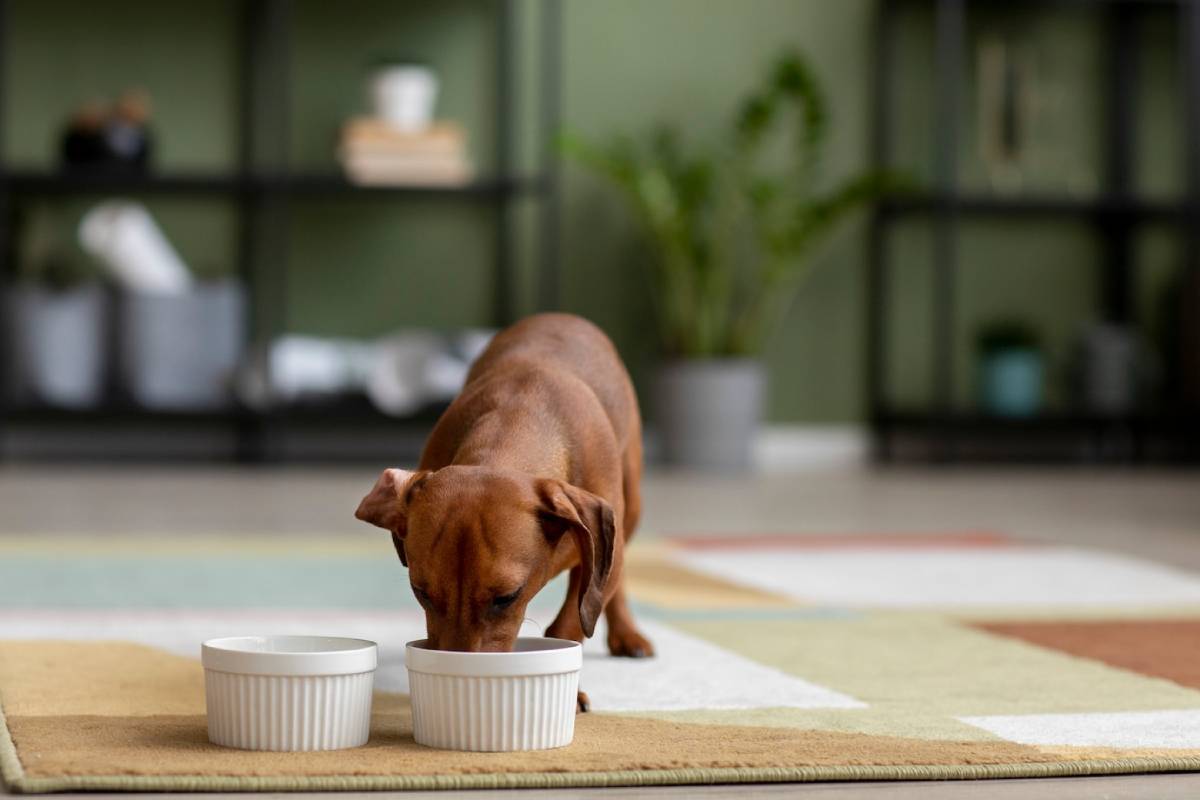
Nutritional Needs of Growing Puppies and Kittens
The early months of a pet’s life are full of rapid growth, boundless energy, and constant learning. Whether you’ve just welcomed a puppy or a kitten into your home, one thing is certain: proper nutrition is essential. A balanced, age-appropriate diet fuels development, strengthens immunity, and lays the groundwork for lifelong health.
But feeding young pets isn’t as simple as filling a bowl. Puppies and kittens have different dietary needs than adult animals, and understanding the essentials of puppy nutrition and kitten diet requirements will help you make informed choices. In this guide, we break down the key components of their diet, explain feeding routines, and offer practical advice to support their growth.
Why Puppy and Kitten Nutrition Matters

Growth is one of the most demanding stages of a pet’s life. Bones, muscles, organs, and the brain are developing rapidly, and poor nutrition during this time can lead to long-term health issues.
Young pets require:
- More calories per kilogram of body weight than adults
- Higher levels of protein and fat
- Specific vitamins and minerals for bone and immune system development
- Frequent, small meals to support metabolism and energy levels
By tailoring your approach to feeding young pets, you’ll help them grow into healthy, happy companions.
Puppy Nutrition: Fuel for Growth and Development
What Makes Puppy Food Different?
Unlike adult dog food, puppy-specific formulas are designed to meet the elevated nutritional demands of growing dogs. Key differences include:
- Higher protein content to support tissue and muscle growth
- More fat and calories for energy
- Added calcium and phosphorus for developing bones
- DHA (an omega-3 fatty acid) for brain and eye development
It’s essential to feed a diet labelled as “complete and balanced for growth” or “for all life stages”—not just adult maintenance.
Large vs. Small Breed Needs
The size of your puppy matters too. Large-breed puppies are prone to bone and joint issues if they grow too quickly, so they need controlled levels of calcium and phosphorus. Special large-breed puppy formulas help manage this balance.
Small breed puppies often have faster metabolisms and may need energy-dense food to meet their needs without eating excessive amounts.
Feeding Schedule for Puppies
| Age | Meals per Day |
| 6–12 weeks | 4 meals |
| 3–6 months | 3 meals |
| 6–12 months | 2 meals |
Always provide access to fresh water, and consult your vet to determine portion sizes based on breed, weight, and activity level.
Kitten Diet Requirements: Supporting Tiny Carnivores
What Makes Kitten Food Special?
Cats are obligate carnivores, which means their nutritional needs are highly specialised—especially during growth. Kitten food differs from adult cat food in several ways:
- Higher protein and fat content for energy and development
- Essential amino acids like taurine and arginine that cats cannot produce on their own
- Omega-3 fatty acids (like DHA) to support brain, nerve, and eye development
- Calcium, phosphorus, and vitamin D for skeletal growth
Feeding adult cat food to a kitten can result in nutritional deficiencies during this critical growth phase.
Wet vs. Dry Food
Many vets recommend including both wet and dry kitten food in the diet:
- Wet food helps with hydration and is often more palatable.
- Dry food can aid in dental health and is convenient for grazing.
Choose products that are labelled “complete and balanced” for kittens. Avoid foods labelled solely for adult maintenance until your kitten reaches around 12 months.
Feeding Schedule for Kittens
| Age | Meals per Day |
| 6–12 weeks | 4 meals |
| 3–6 months | 3 meals |
| 6–12 months | 2–3 meals |
Like puppies, kittens need access to clean, fresh water at all times. Free feeding (leaving dry food out) can work for some kittens but may lead to overeating if not monitored.
Transitioning from Mother’s Milk
For Puppies
Weaning typically begins around 3–4 weeks of age and is complete by 6–8 weeks. Introduce moistened puppy food slowly while reducing reliance on the mother’s milk.
For Kittens
Weaning starts at about 4 weeks and is usually finished by 8–10 weeks. Offer soft, wet kitten food first, then gradually introduce dry food.
During this transition, stomach upset is common. Stick to high-quality, age-appropriate food and introduce changes gradually over several days.
Supplements: Are They Necessary?
In most cases, if you’re feeding a complete and balanced commercial puppy or kitten food, additional supplements are unnecessary—and can sometimes cause harm.
Supplements should only be added on a vet’s recommendation, especially when dealing with:
- Homemade diets
- Special medical conditions
- Very large or small breeds with specific growth needs
Always consult a professional before giving vitamins or minerals to your young pet.
Common Feeding Mistakes to Avoid
- Feeding adult food too early – This can lead to nutritional deficiencies or growth problems.
- Switching foods too quickly – Changes should be gradual, over 7–10 days.
- Overfeeding – This can result in obesity or bone growth issues. Stick to vet-recommended portions.
- Free-feeding large breed puppies – Controlled feeding is essential to prevent overly rapid growth.
- Giving table scraps – Human food is often high in fat, salt, or toxins for pets.
Signs of Good Nutrition

Wondering if your puppy or kitten is getting what they need? Look for these signs of a healthy, well-fed pet:
- Steady weight gain
- Bright eyes and clean ears
- Shiny, soft coat
- Regular, firm stools
- High energy and playful behaviour
- Healthy appetite
If you notice persistent diarrhoea, dull coat, poor growth, or lethargy, consult your vet—these may indicate dietary imbalances or other health issues.
When to Transition to Adult Food
Puppies
Small breeds can usually switch to adult food at around 10–12 months. Large breeds may continue on puppy food until 12–18 months, depending on growth rate.
Kittens
Most kittens are ready for adult cat food around 12 months of age. If your cat is spayed or neutered earlier, your vet may recommend adjusting the diet sooner.
Transition gradually over 7–10 days to avoid digestive upset. Mix increasing amounts of adult food with the current diet each day.
Final Thoughts: Feeding for a Strong Start

Understanding puppy nutrition and kitten diet requirements is one of the most important parts of responsible pet ownership. These early months are full of opportunity—and giving your pet the right start in life means offering the right food, in the right amounts, at the right time.
Whether you’re feeding young pets wet or dry, commercial or vet-prescribed diets, the key is balance, consistency, and care. Your choices now shape your pet’s future—so make them count.


